Landscape lighting techniques
Landscape lighting is designed to illuminate an outdoor living environment in a way that highlights the most attractive features, creates architectural impressions, and adds a layer of safety and security. Landscape lighting designers and installers typically utilize a combination of techniques to create visual interest and reinforce aesthetic appeal of an exterior environment. Some of the popular techniques used in a landscape lighting design include up lighting, down lighting, path lighting, wall washing, wall grazing, moon lighting, cross lighting, mirror lighting, silhouetting, shadowing, backlighting, step lighting, and reflected lighting. These techniques can be accomplished using different types of landscape lighting fixtures which include path lights, post lights, spot lights, flood lights, wall washers, wall grazers, well lights, deck lights, underwater lights, etc.
Line voltage landscape lighting
Landscape lighting fixtures are divided into the line voltage type and the low voltage type. Line voltage systems operate on AC mains power (e.g. 120V or 220V). Low voltage systems operate on less than 30 volts, typically 12V or 24V. Line voltage systems use the same voltage found in a typical wall outlet, which may drive injury via electric shock. Landscape lighting using line-operated lights necessitates the use of underground conduits to protect wires and an electrical junction box to power the system. The danger of electrocution and higher cost in installation labor deem line voltage systems unsuitable in landscape lighting applications. Line-operated landscape lights are installed in commercial facilities and large-scale landscape projects where the fixtures will be permanent. They may also be found in applications where a large number of light fixtures are wired to a single circuit or the electricity has to travel a very long distance to power the systems.
Benefits of deploying low voltage lighting
The majority of grid-connected landscape lighting fixtures are low voltage systems which are safe, affordable, and easy to install. There is no risk of injury from electric shock with 12 or 24 volts. Low voltage lighting affords much more flexibility in landscape lighting layout as there is no requirement for conduit or trenching. Because of their high efficiency, excellent controllability, solid stage durability and long lifespan, LEDs are the predominant choice of light source for virtually all types of lighting products. However, LEDs are low voltage semiconductor devices. In AC mains applications, a driver is needed for converting high voltage to a low voltage that is needed to drive the LEDs. Incorporating a voltage regulator in an LED luminaire not only adds to the cost and volume of the system, but also reduces the efficiency of the system. Low voltage lighting eliminates the need for voltage regulation and AC-DC power conversion in LED systems, thereby significantly simplifying the system architecture for improved circuit efficiency and system reliability.
System design
A low voltage LED lighting system is typically made up of three basic components: a power supply (transformer), a low-voltage electrical cable, and the LED luminaires. The power supply rectifies commercial AC power into DC power and converts the rectified DC power into regulated DC voltage (12 or 24 volts). Low voltage lighting has its problem as well. Voltage drops occur as power travels over longer wire runs due to the wire’s resistance. A long distance (e.g. more than 100 ft.) can cause a significant reduction in the voltage reaching the distant fixtures. Obviously, when LED light fixtures are connected in series the furthest fixture from the power supply will experience the largest voltage drop. To ensure uniform light output across the LED luminaires in an installation, the luminaires can be connected using the junction, loop, or split-T wiring method. Some power supplies have a multi-tap configuration which provide voltages in excess of 12 volts for those zones at a sufficient distance from a power supply.

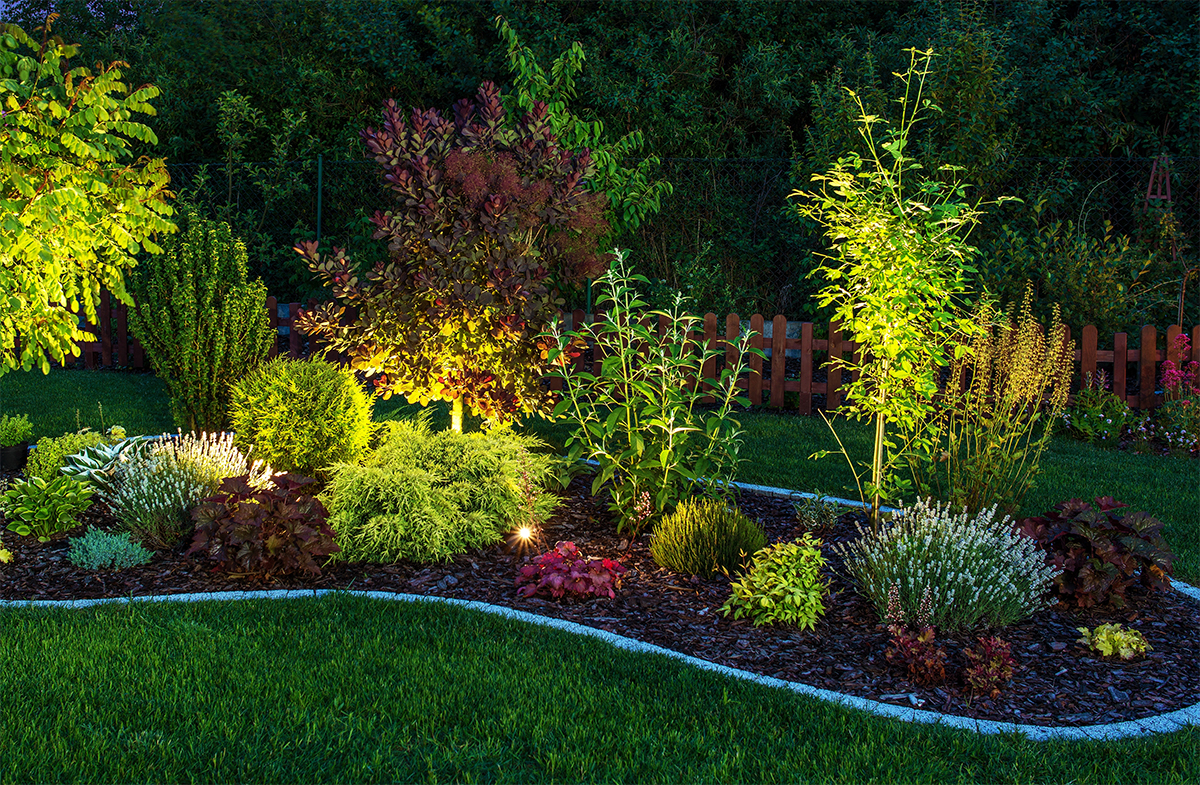
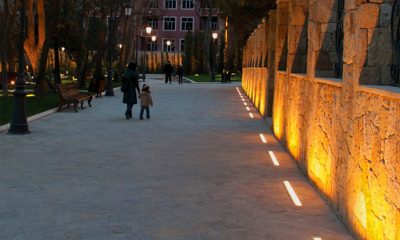
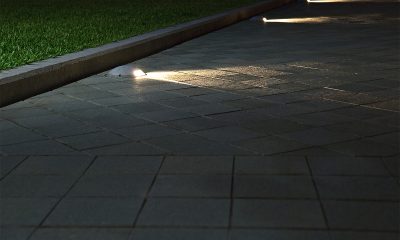
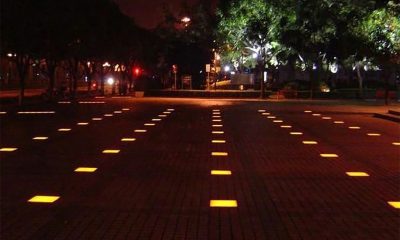


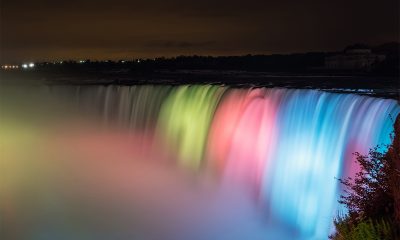



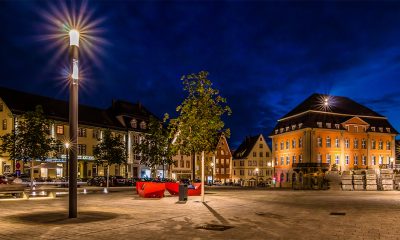






Loading...